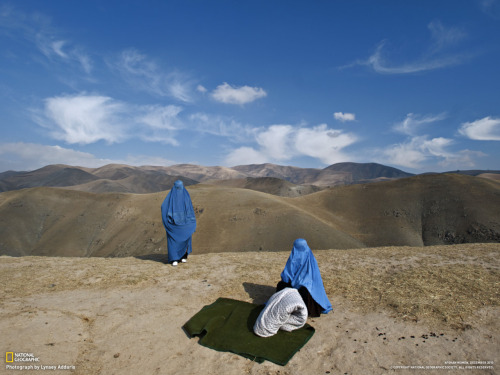How do you photograph a place that is one of the most photographed places in the world? Rather, how do you photograph it differently? Last weekend I went to Moab to run the Canyonland's Half Marathon and made sure to get some photography in, at the patience of my sister and brother in-law. We had little time to soak in all that Moab has to offer, but we made the most out of every minute we had. Even with our big run looming over our heads we still trekked as fast as we could to make it to Delicate Arch before sundown. Just seeing one of the most recognized landmarks of Utah (if not America) that close was amazing. Every time we drove through the Arches National Park we all just gawked at the sheer awesomeness. We all made sure to plan a future trip to give Moab and the Arches it's due.
Camera Gear: Canon EOS Rebel XS, Canon 17-40mm f/4L, Singh Ray ND Graduated Filter, Dolica Tripod
Camera Gear: Canon EOS Rebel XS, Canon 17-40mm f/4L, Singh Ray ND Graduated Filter, Dolica Tripod
ISO 400 17mm f/10 1/30 sec
ISO 200 20mm f/11 1/250 sec
ISO 200 20mm f/11 1/250 sec
ISO 200 40mm f/8 1/200 sec



















